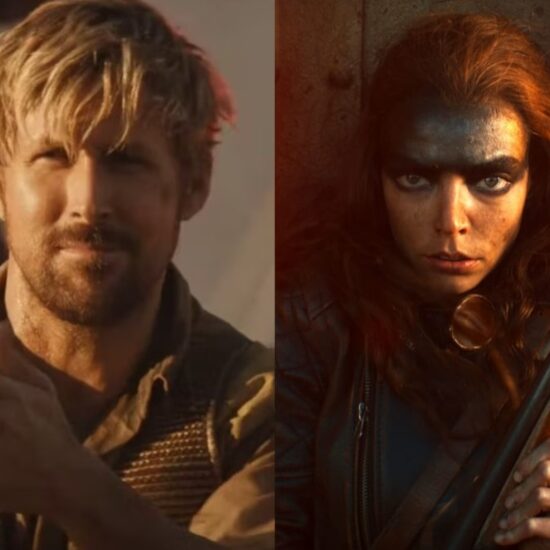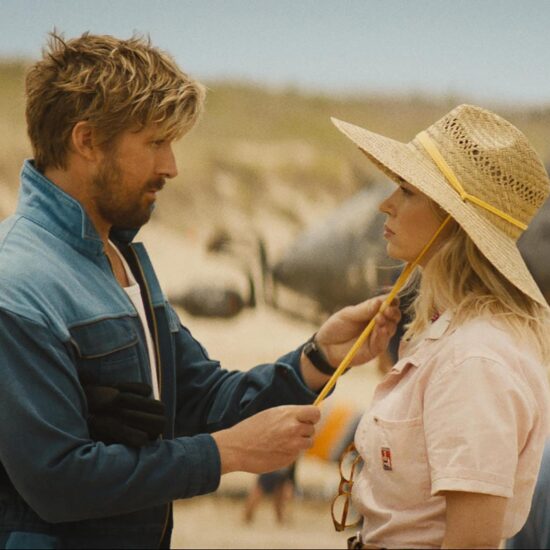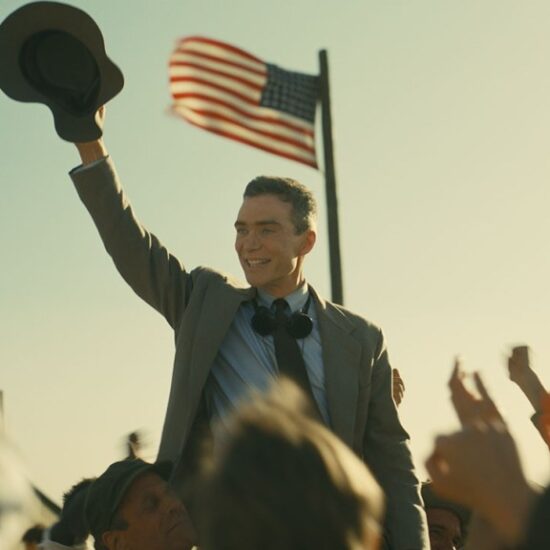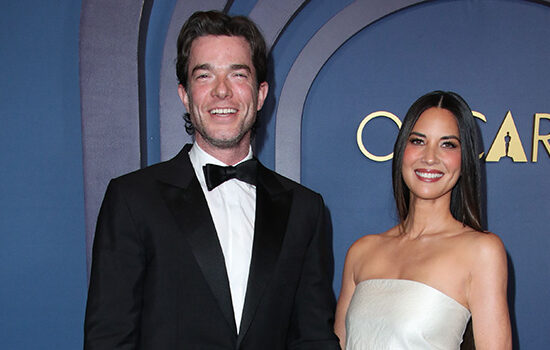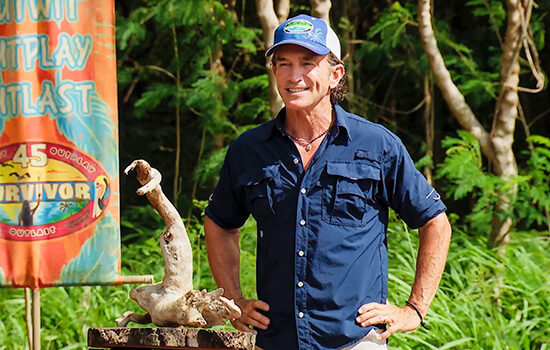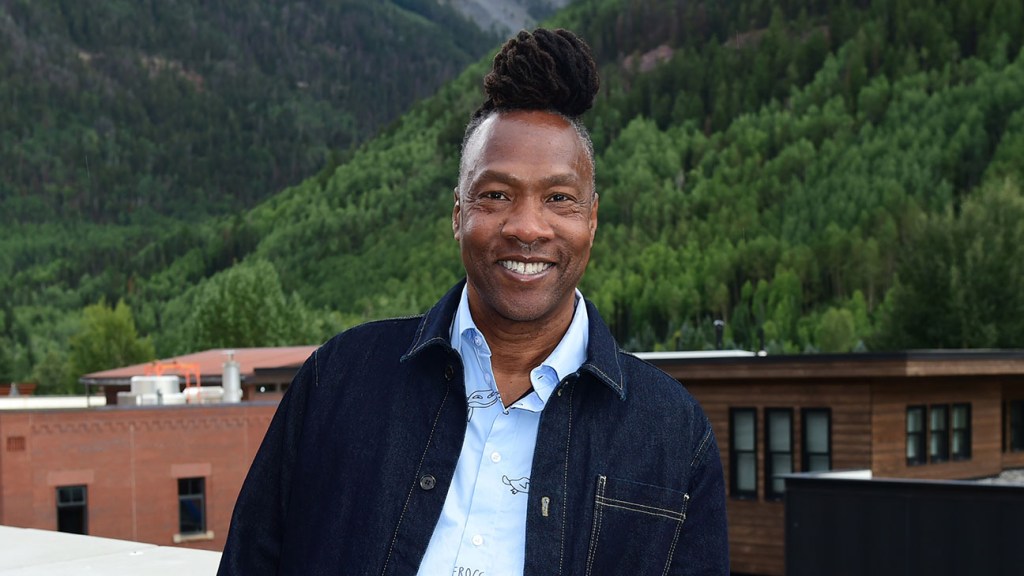
Filmmaker Roger Ross Williams is known for capturing moments of intimacy and awe in documentaries like God Loves Uganda and the Oscar-nominated Life, Animated. With Cassandro, a portrait of gay lucha libre wrestling star Saúl Armendáriz (Gael García Bernal), Williams has brought that sense of warmth and showmanship to his first scripted feature. The film, which arrives in theaters Sept. 15 and on Prime Video Sept. 22, is just one of a bumper crop of Williams projects that are landing in 2023, from HBO’s Love to Love You, Donna Summer, which premiered in May, to the AppleTV+ docuseries The Super Models, due Sept. 20, to his hybrid doc feature on the history of racism, Stamped from the Beginning, set to be released by Netflix in November.
At the Telluride Film Festival earlier this month, Williams spoke to The Hollywood Reporter about making the leap to scripted fare, the trip to Juarez, Mexico that convinced him to dive into the story and the helpful advice he got from Robert Redford on working with actors.
You first learned about Cassandro through a documentary you made for the New Yorker and Amazon. What made you decide to turn his story into your scripted feature debut?
When I was making the documentary on Cassandro, I went to this wrestling match with the real Cassandro in Juarez, Mexico, which at the time was, maybe still is, one of the most dangerous cities in the world because of the cartels. I walked into this wrestling arena, thousands of people. The match starts. I’m standing backstage, and they start to play his theme song, “I Will Survive.” And the whole audience is singing. Thousands of people. As he’s walking out, they’re handing their babies to him to kiss. Children are hugging him. I just burst into tears. I was weeping. I was like, what is going on here? I just couldn’t process it in my mind. He took the stage in his full gown and spins around and rips his train off and throws it to the audience. And I was like, fuck. This is my first scripted film.
What was it in that moment that moved you?
I thought I was in an extremely homophobic, inhospitable environment where people like Cassandro were beaten up and thrown away and disposed of and hated. And here was this flamboyant gay man who was completely loved and admired and worshiped. It broke down the stereotypes that I had in my own head. And I realized that boundaries between people were meant to be broken. There were these human connections that we can make that we don’t always make because we limit ourselves. And this was a connection being made right before my eyes that I did not think was possible. And watching it just broke me down.
How did you approach shooting the fight scenes in the film?
It was important that each fight tell a story. Each fight has an emotional arc to it, whether it’s winning over the audience, gaining confidence, the humiliation of his first fight. It was all beautifully and carefully choreographed by our [Mexican wrestler] Chessman, who was our choreographer and trainer.
How much of what we’re seeing in the fight scenes is actually Gael?
He did most of his own stunts. He did all of those flips. He worked so hard and started six, seven months ahead, bulking up and training so he would have the stamina. It’s also really dangerous. The real Cassandro, he broke almost every bone in his body. He’s broken his back multiple times. He’s a mess. It’s really grueling. And Gael really took that part really seriously. Getting the physicality of it, and then also getting those really intimate emotional moments.
The character’s relationship with his mother is a big part of the film’s emotional impact. Tell me about crafting that.
The relationship Saul had with his mother — the real Saul — was such a special bond. This is that actress’s first film, by the way, Perla De La Rosa. Luis Rosales, who cast Roma, found her. She was in community theater.
Cassandro is also a part of myself, which is my own feelings of abandonment and my relationship with my own father and my close relationship with my mother. There’s a lot of me in this script. I was the other family. It was me and my mother. We would spy on him and his family and we would sit there. Those memories of sitting in the car while my mother watched this man, who she loved that she couldn’t be with, tore me apart as a kid, and I wanted to recreate that in this.
I came from this small industrial town [Easton, Penn.]. My mother was the maid at Lafayette College, which is a small liberal arts college. She cleaned the frat houses, the throw up and the toilets. Years later they gave me an honorary degree and my mother came and I said, “My mother cleaned your toilets.”
You started this movie at the Sundance Directors Lab and Robert Redford was one of your advisors. What kind of input did he have?
Redford really helped me understand how to use my documentary skills to work with actors, because I was afraid of actors. And he said, “Well, what do you do as a documentarian? How do you talk to your subjects?” And I was like, “Well, it’s about making a connection with the subjects and drawing them out and making them feel comfortable so that I can get to real truth in my interviews.” And he’s like, “Well, that’s the exact same thing with an actor.” Also, I was afraid of the sex scene and he’s like, “It’s choreography and storytelling. That’s all. It’s just a sex scene.” He storyboarded it for me on the back of the script pages.
Imagine starting your narrative scripted career, and you’re sitting there with Robert Redford, talking about a sex scene.
It’s the beginning of your narrative career but you have had a long career. You’re not 22 walking in there.
Filmmaking, it came later in my career. I was a journalist for ABC News, CNN, People. I was Barbara Walters’ producer. News was a great training ground. It’s like storytelling bootcamp. And then I quit and went to Africa and made Music by Prudence and happened to win the Oscar. And everything shifted. I was like, I’m a filmmaker now.








